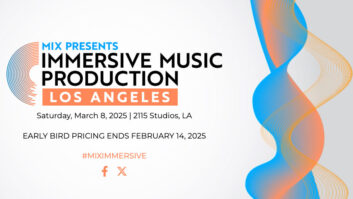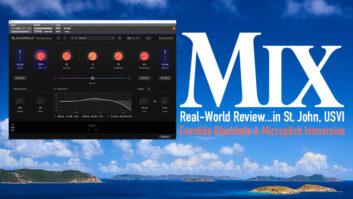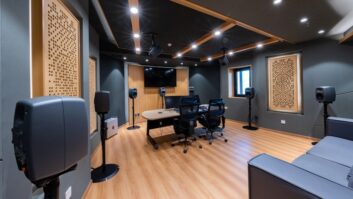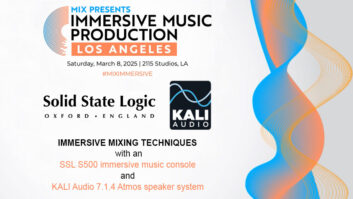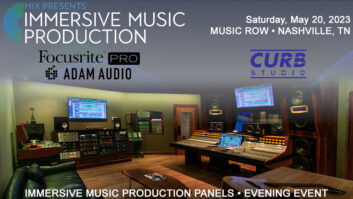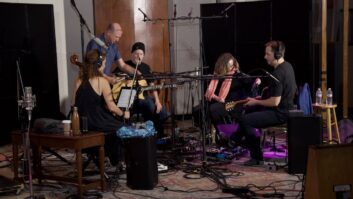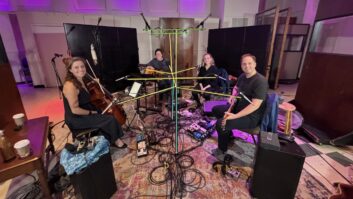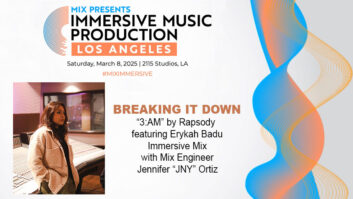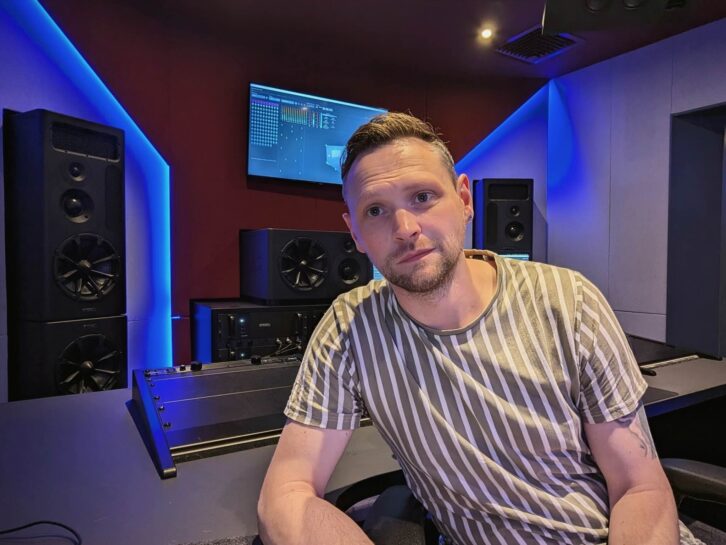
London, UK, (April 28, 2025)―Working out of Dean St. Studios’ Dolby Atmos Suite in London’s Soho neighborhood, Kurt Martinez often leans on plug-ins for his immersive mixes.
“When I first came to Dean St. Studios, Studio 1 was already equipped with Nugen Audio, so I had the chance to get a feel for each of the plug-ins,” Martinez says. “I knew how essential Nugen plug-ins were to our projects at Dean St., so it was a no-brainer to double-up and equip the Atmos studio with a Nugen suite, as well.”
Included among Martinez’s lineup of Nugen plug-ins is the brand’s VisLM loudness meter. “I continually use it on everything; it was even in my workflow during the early days when we had to print in real time,” he says. “Now, I’ll bounce to a single, offline the audio file and then take a reading with VisLM to keep things quick and convenient. When I start any sessions, we use the stereo master as a reference point. For Atmos music, the standard is 18 LUFs, so I’ll bring the stereo down to minus 18 LUFs and use VisLM to ensure that’s all in line.”
In addition to Atmos files, Martinez is continually tasked with delivering his projects within different specifications to meet the needs of a variety of OTT networks. Recently, he remixed live concerts from Duran Duran, Billy Idol and Def Leppard across multiple providers, for which he deployed Nugen Audio’s LM-Correct.
“These media services all have different requirements for deliverables,” he explains. “With LM-Correct, I can select the standard I’m trying to reach, whether it’s a traditional one like ATSC/EBU or something more unique like Netflix or Peacock, and adjust my audio as needed. This saves me from having to print a two-hour show over and over.”
The brand’s Halo Upmix and Halo Downmix are also go-to solutions when it comes to his deliverables, especially when mixing for Amazon’s audio book platform, Audible. A recent example is his work on the platform’s Sleep Sounds series.
“Mixing for Audible is essentially like creating a TV mix, without the visual,” Martinez explains. “The platform takes the binaural Atmos Audio Definition Model (ADM) file and downfolds to stereo for playback. That’s where Halo Downmix comes in—I’m able to quickly bounce a file and check things back.
“On the other hand, I try to enhance the ambience and environment according to the project, and that’s when I’ll utilize Halo Upmix. Both tools have been immensely helpful in those instances.”
